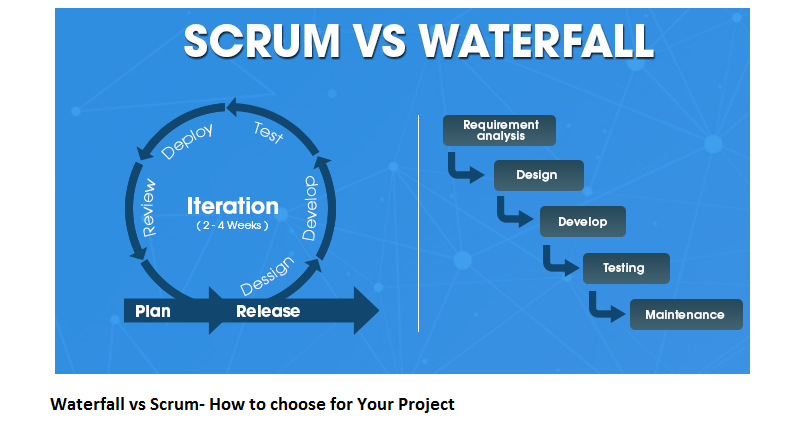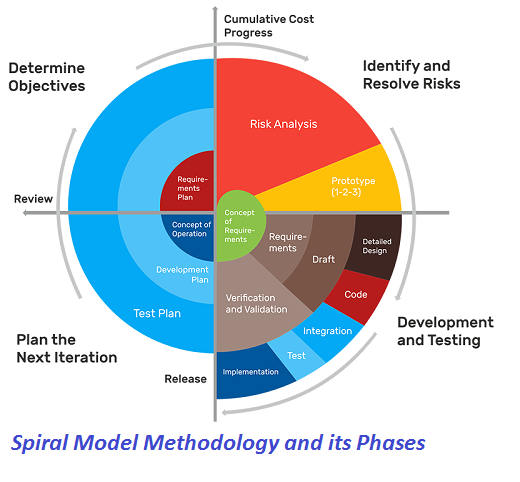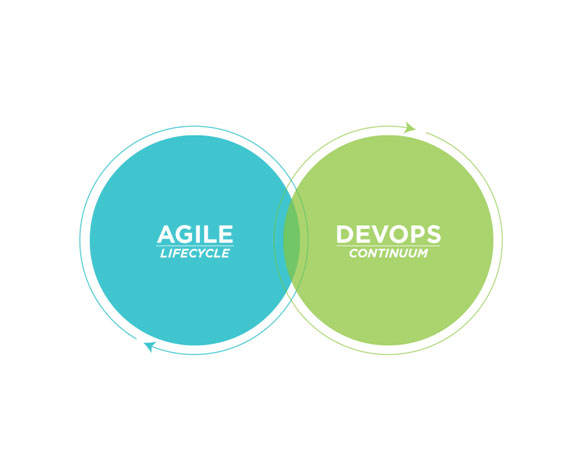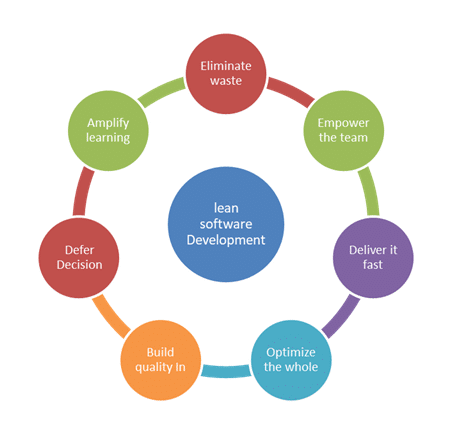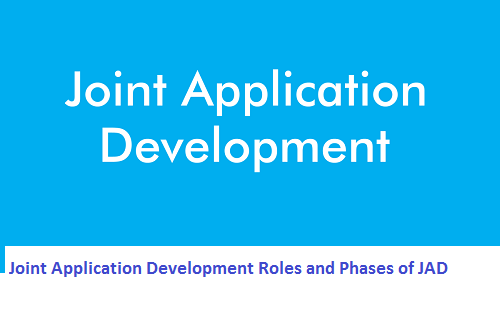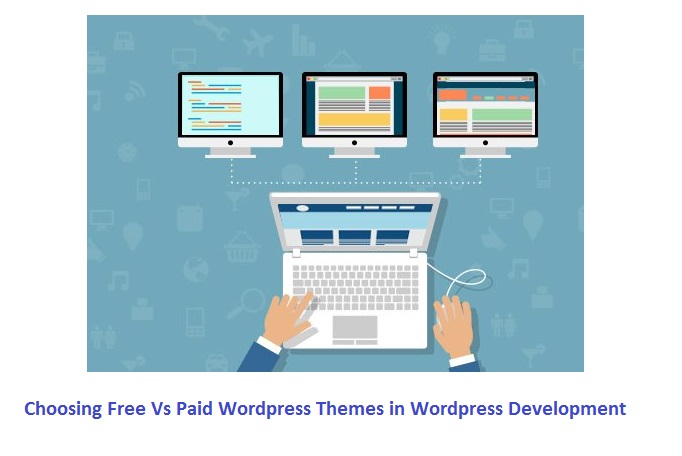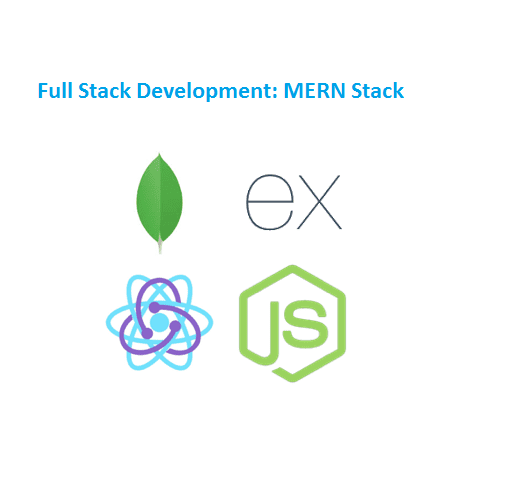Hybrid approach towards Mobile App Development
Native apps, run on the device and are written with HTML5, CSS, and JavaScript. Hybrid apps run inside a native container and leverage the device’s browser engine (not in the browser) to render the HTML and process the JavaScript locally. A web-to-native virtual layer enables access to device components that are not accessible in Mobile Web applications, such as the accelerometer, camera, and local storage.
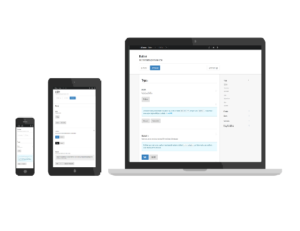
One of the necessities for web developers is the learning curve required to build a hybrid app is. The hybrid app will be easier to build and less complex code but not as fast as native apps. If you want to create is a Need for Speed style game, then you should use Hybrid technology to implement the app for each mobile platform you’re targeting in order to get the best graphics performance. If you want to build the next search-and-discovery app, using geolocation and providing a means for displaying data and updating data then a native app is perfect to publish it through app stores and have it work on several platforms.
Common Frameworks used for Mobile Hybrid Apps
1.React Native :
The most important purpose of this framework is to develop native applications over hybrid applications that run on a WebView. The coding for your applications will still be done through React and JavaScript. It is not very customized for the beginners but its active community can help you resolve issues as soon as possible. Mobile applications developed on React feel truly “native”. It covers both iOS and Android Platforms Hybrid Application renders natively because of the reusable components. One can use React Native UI components to another application’s code without having to rewrite it again.
2.Xamarin
Xamarin is one of the key mobile application development frameworks that has been employed in many of the Organizations for a very good reason, more than 1.4 million developers strong community around the world. The Xamarin platform is known to endure the WORA (Write once, Run anytime) principle. Xamarin is known to make business mobile applications with a native look and feel.
3. Ionic Framework
Ionic is an excellent framework and also considered as the preferred choice of most of the developers. Ionic has over 120 native device features like Bluetooth, HealthKit, Finger Print Auth, and built on top of Angular.js and Apache Cordova. CSS sections of the framework are sufficient to develop native-looking applications. The complete capacity of Ionic framework can be put to use if it is paired up with AngularJS. Expertise in advanced technologies such as CSS, HTML AngularJS or Javascript components. Support for Angular material design. Wrapping Angular Framework.
4. PhoneGap
PhoneGap is another popular open-source mobile application development framework and is also considered one of the simplest cross-platform framework. It develops these applications under a wrapper native app shell and then implements them in the native stores for various available platforms all with the help of Web APIs. It also comes with the provision of a cloud service named “Build” that compiles. Supports iOS, Android, Palm, BlackBerry, Symbian, and single code development for all of the platforms Built on technologies like HTML JavaScript and CSS3 that gives a rich Open-source cross-platform experience.
5. Framework7
Framework7 is the most stable and independent framework, as it does not have any dependency on React or AngularJS. This may seem like a negative point but still, we can make our applications look native with hardware-accelerated animations via CSS3, route pages by using XHR and fine styled-components. This tool does require CSS, JavaScript and HTML knowledge for active. Super easy & comfortable to use. You just have to know the CSS, HTML or JavaScript.

